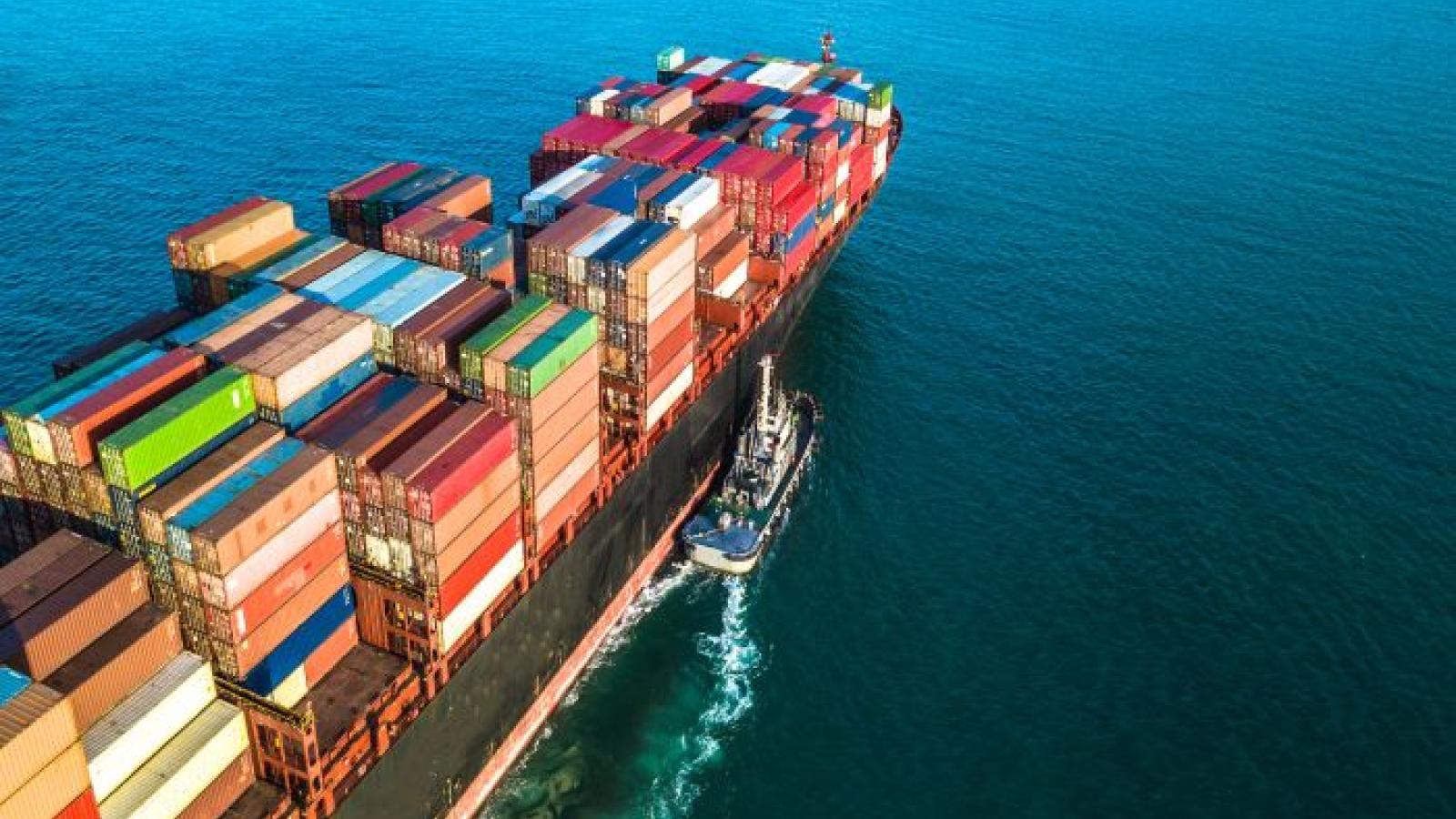
Malta’s main exported goods
Malta, a small island nation in the Mediterranean, has an economy primarily driven by trade, services, and manufacturing. Despite its size, Malta has a diversified export profile that reflects its strategic location and advanced industries. Below is an overview of Malta’s main exported goods.
1. Machinery and Mechanical Appliances
One of Malta’s leading export categories is machinery and mechanical appliances, particularly electronic equipment. This includes semiconductors, integrated circuits, and electrical machinery, which are vital components in the global electronics industry. The country’s strong electronics manufacturing sector is driven by foreign investment, with companies producing high-value components for automotive, aerospace, and telecommunications industries.
2. Pharmaceutical Products
Pharmaceuticals are another key export sector for Malta. The country is home to several international pharmaceutical companies specializing in generic drug manufacturing. Malta’s pharmaceutical exports include active pharmaceutical ingredients (APIs) and finished medicines, which are distributed to various markets worldwide, particularly in Europe and North America.
3. Mineral Fuels and Oils
Malta also exports refined petroleum products. Although the country does not have significant natural resources, its strategic location and robust maritime infrastructure have made it a hub for oil storage and re-exportation. Refined fuels are processed and re-exported to regional markets, making this sector a significant contributor to Malta’s export revenue.
4. Aircraft and Spacecraft Components
The aviation sector is a notable contributor to Malta’s exports. The country has a growing aerospace industry, producing components for aircraft and spacecraft. This includes maintenance, repair, and overhaul (MRO) services for global aviation firms, with a focus on Europe.
5. Plastics and Plastic Articles
Malta exports a range of plastic products, including packaging materials, industrial components, and consumer goods. This is a testament to the country’s growing industrial manufacturing base, which caters to niche markets across Europe.
6. Food and Beverage Products
Malta’s traditional agricultural exports, while limited, include specialty products such as honey, wine, and processed foods. These items highlight Malta’s cultural heritage and appeal to niche markets in Europe and beyond.
7. Textiles and Clothing
Although not a dominant sector, textiles and clothing exports from Malta cater to specific markets, particularly within the European Union. This includes uniforms, workwear, and high-quality garments.
8. Boats and Maritime Equipment
Given Malta’s historical maritime ties and robust shipping industry, exports related to maritime equipment and boats have also gained importance. These include luxury yachts and components for maritime vessels.
9. Precision Instruments
Malta produces and exports precision instruments such as medical devices and measurement tools. These high-tech goods are aligned with the country’s emphasis on specialized, value-added manufacturing.
Conclusion
Malta’s export profile reflects its strategic focus on high-value industries and its ability to adapt to global market demands. The country leverages its geographic location, skilled workforce, and favorable business environment to attract foreign investment and maintain competitive export sectors. Key destinations for Malta’s exports include the European Union, North America, and Asia, showcasing the island’s integration into global trade networks. Through continuous innovation and investment, Malta aims to sustain its export growth and further diversify its economic base.



Leave a Reply